The Crucial Role of Sewing in Medical Device Manufacturing
In the intricate world of medical device manufacturing, various specialized processes play a pivotal role in ensuring that products meet the highest...
3 min read
Domico Med-Device December 09, 2024
Medical sewing plays a vital role in the healthcare industry, involving the meticulous design and production of essential medical textiles and devices. These soft goods are instrumental in patient care, treatment, and overall safety, making medical sewing an indispensable component of healthcare manufacturing. From security straps to table pads, the process demands exceptional precision, regulatory compliance, and the expertise of skilled professionals to ensure patient safety and product efficacy. This article delves into the critical aspects of medical sewing, including its importance, materials and techniques, quality control, and the need to stay current with evolving regulations.
Medical sewing refers to the specialized craft of creating medical-grade textiles and devices tailored to assist in patient care. It involves high levels of precision, attention to detail, and adherence to strict quality standards. Medical sewing ensures that each product meets its intended purpose, whether it’s supporting stability, promoting comfort, or contamination control.
intended purpose, whether it’s supporting stability, promoting comfort, or contamination control.
Soft goods manufactured through medical sewing are integral to a wide range of medical devices. Examples include; security straps, table pads, and fabric covers.
Each of these products requires precise craftsmanship and careful attention to regulatory standards to ensure safety and effectiveness.
Compliance with regulatory standards is paramount in medical sewing, as it directly impacts patient safety and the functionality of medical devices. Regulatory bodies such as the U.S. Food and Drug Administration (FDA) and the International Organization for Standardization (ISO) 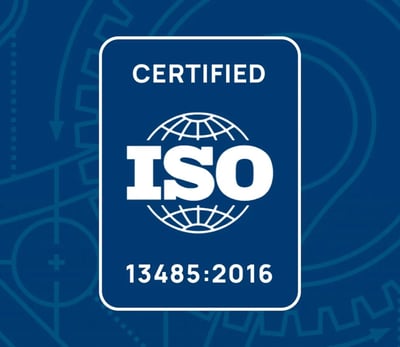 establish guidelines to govern the manufacturing of medical textiles. For instance, ISO 13485 sets the benchmark for quality management systems in medical device production.
establish guidelines to govern the manufacturing of medical textiles. For instance, ISO 13485 sets the benchmark for quality management systems in medical device production.
Key reasons compliance is critical include:
Compliance involves every stage of production, from the selection of hypoallergenic materials to post-production testing. By adhering to these guidelines, manufacturers not only protect patients but also safeguard their reputation in the healthcare industry.
Choosing the right materials is crucial for the success of sewing in medical device manufacturing. Different applications require different properties, such as strength, flexibility, and resistance to wear and tear. Selecting appropriate materials involves understanding the specific needs of the device and matching them with the optimal fabrics and films. This process demands extensive knowledge and experience in working with various materials.

Advanced sewing techniques enhance precision and minimize the risk of contamination. Some of the most effective methods include:
Working with professional medical device contract manufacturers ensures the correct materials and methods are employed, meeting both functional and regulatory requirements.
Domico Med-Device exemplifies the benefits of outsourcing sewing to a contract manufacturer. Our capabilities, extensive experience, and commitment to excellence make it a preferred partner for businesses seeking high-quality sewn components for medical devices.
commitment to excellence make it a preferred partner for businesses seeking high-quality sewn components for medical devices.
With years of experience and an eye for detail, we ensure quality is stitched into every seam. Processing a wide variety of fabrics and films, our skilled sewing team produces a broad range of products and accessories, including security straps, fabric covers, and assemblies. With our diverse background, there are few sewing needs that we can’t address.
Domico Med-Device utilizes state-of-the-art sewing equipment and techniques to produce high-quality components. Our capabilities include:
Skilled sewing team with extensive experience in medical device manufacturing
Ability to process a wide variety of fabrics and films
Production of a broad range of products and accessories, including security straps, fabric covers, and assemblies
Attention to detail and commitment to quality in every seam
Our team of experts assists clients in selecting the optimal materials for their specific applications. We work with a wide range of fabrics and films, ensuring that our sewn components meet the required performance and safety standards. This material expertise is essential for producing durable and reliable products.
 ISO 13485 Certification and Regulatory Compliance
ISO 13485 Certification and Regulatory ComplianceDomico Med-Device is ISO 13485 certified, demonstrating our commitment to the highest standards of quality management in the medical device industry. We adhere to all FDA regulations, ensuring that our sewing processes meet the stringent requirements for medical device components. Our rigorous quality assurance protocols and comprehensive testing procedures guarantee the safety and efficacy of our products.
 Restraint Belt
Restraint BeltThe Security Strap is a prime example of our sewing capabilities. This belt is designed to prevent patient falls from stretchers or wheelchairs. The precision stitching ensures that the belt is strong, secure, and durable, providing reliable safety for patients.
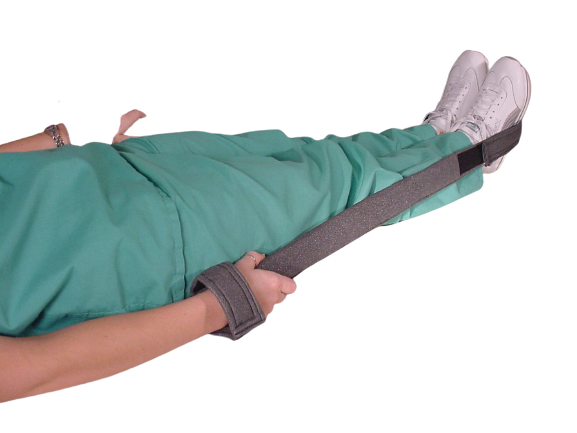 Auto-Traction Straps
Auto-Traction StrapsAnother example of our expertise is the Auto-Traction Straps. These straps allow patients to position themselves for lateral view cervical vertebrae imaging. The careful stitching and use of high-quality materials ensure that the straps are comfortable and effective, enhancing patient positioning and imaging accuracy.
Medical sewing is a highly specialized field that demands expertise, precision, and strict adherence to quality standards. By prioritizing compliance, employing innovative techniques, and staying ahead of regulatory changes, manufacturers can produce safe, effective medical textiles and devices that support patient care.
By embracing these best practices, the medical sewing industry continues to deliver products that meet the highest standards of quality, ensuring patient safety and satisfaction.
Have an idea for a medical sewn product? Contact us today to bring your idea to life!
Want to learn more? Check out these articles to learn more about contract manufacturing:
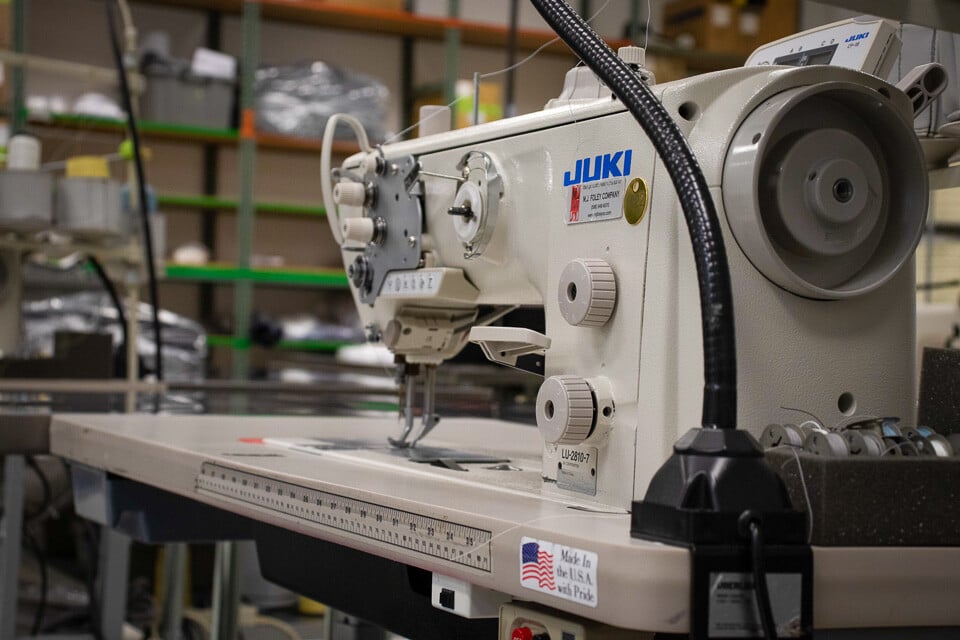
In the intricate world of medical device manufacturing, various specialized processes play a pivotal role in ensuring that products meet the highest...
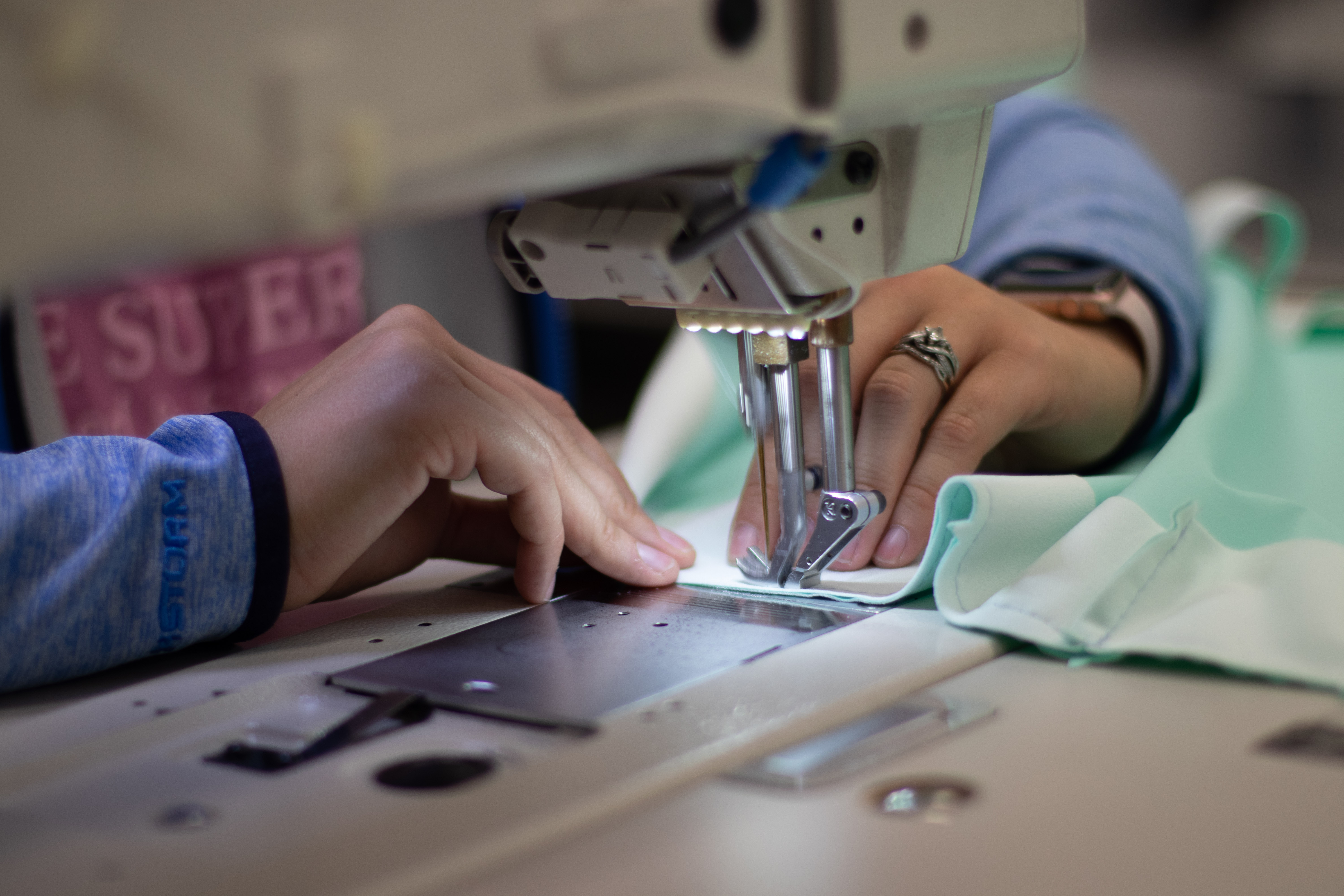
Finding the perfect sewing contract manufacturer is a critical decision for businesses looking to outsource their production processes. Whether...
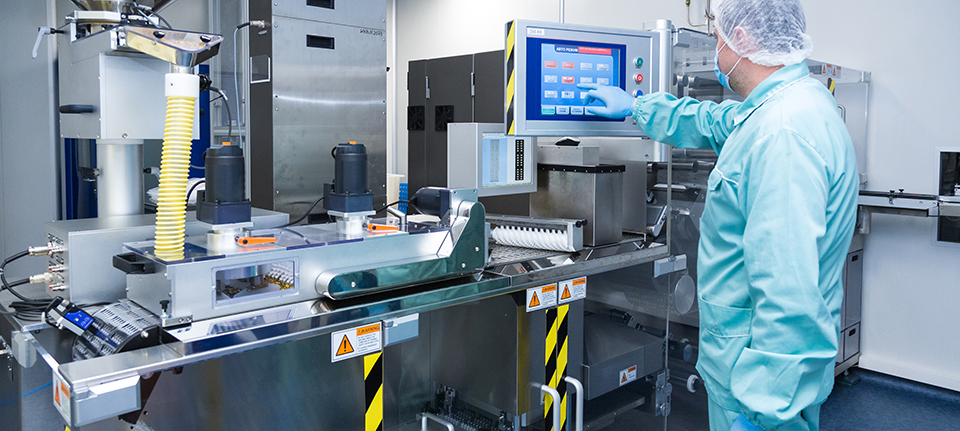
Medical device manufacturing is gaining traction as companies recognize the benefits of relocating production closer to home. For organizations...